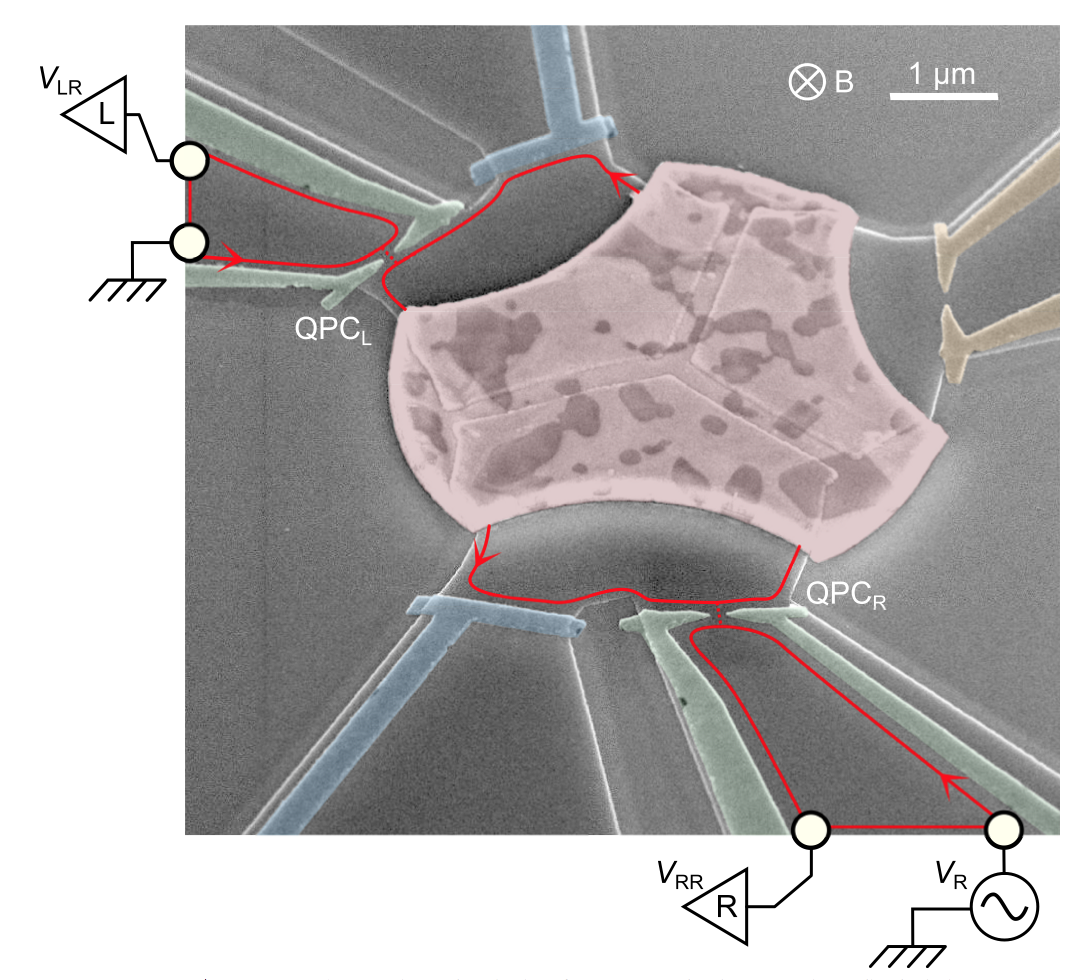On the subject of quantum mechanics, the eminent physicist Richard Feynman once said, “I don’t understand it. Nobody does.” Luckily for us, quantum mechanics works anyway, operating “under the hood” of our everyday lives in everything from personal computing to telecommunications. That said, understanding the intersection of the quantum world and the macroscopic world may provide us with new insights into the nature of our physical reality. For Yale physicist Leonid Glazman, the Donner Professor of Physics, exploring the intersection of these two worlds has become the subject of a lifelong pursuit.

One challenge physicists such as Glazman currently face is understanding the properties of matter on the so-called mesoscopic scale, which is large enough to contain vast numbers of atoms yet small enough to exhibit quantum effects.
Working with scientists from the Center for Nanoscience and Nanotechnology at the University of Paris, Glazman developed a theory to describe how quantum and thermal fluctuations affect the properties of electric charge. Experimental data were published alongside Glazman’s theoretical work in an August 2016 Nature article.
In the published experiment, electrons were added one at a time to a submicron-sized material that conducted electricity. Conduction measurements allowed scientists to indirectly determine its electric charge. Since electrons were added individually, we might expect that the total charge can only have certain discrete values. But due to the effects of quantum mechanics and temperature, researchers knew that the charge difference for each single-electron step could not be precisely discrete.

Using physicists’ jargon, the discreteness of charge is reduced by quantum and thermal fluctuations. “The value of charge is ‘smeared’ both by temperature and by quantum effects,” explained Glazman. “By measuring the conduction at varied temperature, you can distinguish between these effects.”
Glazman outlined a quantitative theory to explain how quantum and thermal effects jointly smear the discreteness of charge. By designing a novel nano-scale electronic device to carefully control the movement of single electrons, French experimentalists observed data that were consistent with the predictions of Glazman’s theory.
Although further refinement of the model is currently underway, the agreement of the scientists’ experimental and theoretical work exemplifies successful science and is very encouraging for the future study of mesoscopic materials. The investigation of these nanoscale phenomena may inform the development of nano-electronics, including such futuristic devices as the quantum computer.

